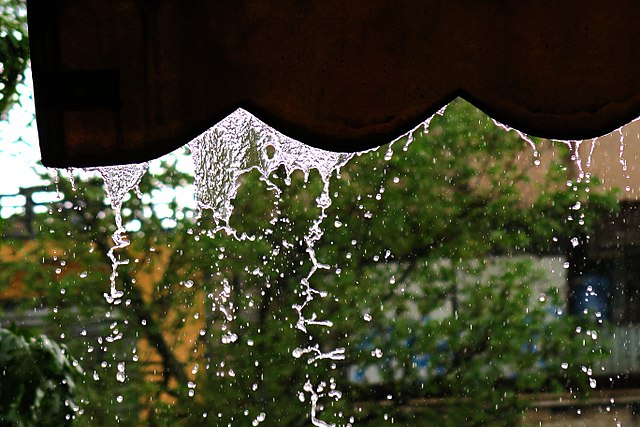Supramolecular chemistry refers to the branch of chemistry concerning chemical systems composed of a discrete number of molecules. The strength of the forces responsible for spatial organization of the system range from weak intermolecular forces, electrostatic charge, or hydrogen bonding to strong covalent bonding, provided that the electronic coupling strength remains small relative to the energy parameters of the component. While traditional chemistry concentrates on the covalent bond, supramolecular chemistry examines the weaker and reversible non-covalent interactions between molecules. These forces include hydrogen bonding, metal coordination, hydrophobic forces, van der Waals forces, pi–pi interactions and electrostatic effects.
Self-assembly of a circular double helicate
An example of a host–guest chemistry
Host–guest complex with a p-xylylenediammonium bound within a cucurbituril
Intramolecular self-assembly of a foldamer
In molecular physics and chemistry, the van der Waals force is a distance-dependent interaction between atoms or molecules. Unlike ionic or covalent bonds, these attractions do not result from a chemical electronic bond; they are comparatively weak and therefore more susceptible to disturbance. The van der Waals force quickly vanishes at longer distances between interacting molecules.
Rainwater flux from a canopy. Among the forces that govern drop formation: Van der Waals force, surface tension, cohesion, Plateau–Rayleigh instability.
Microfiber cloth makes use of van der Waals force to remove dirt without scratches.
Gecko climbing a glass surface







